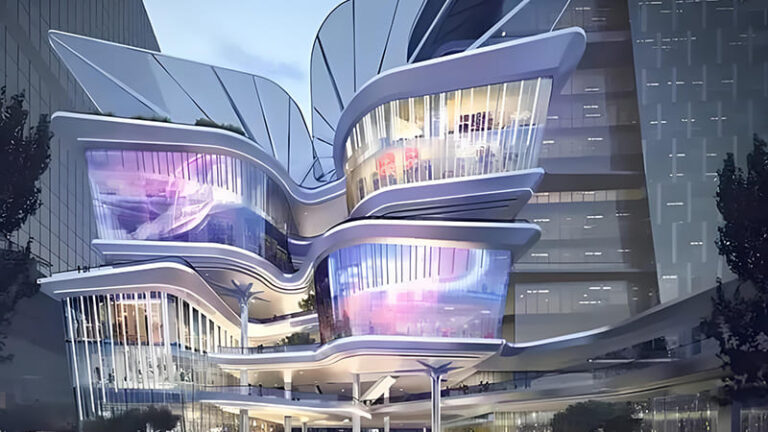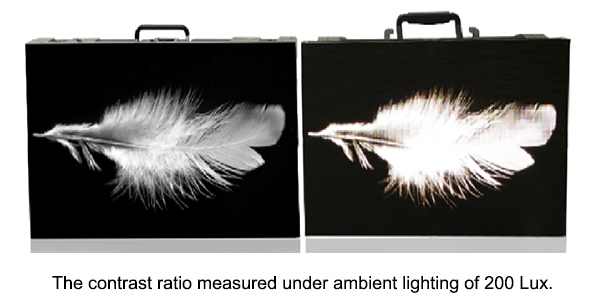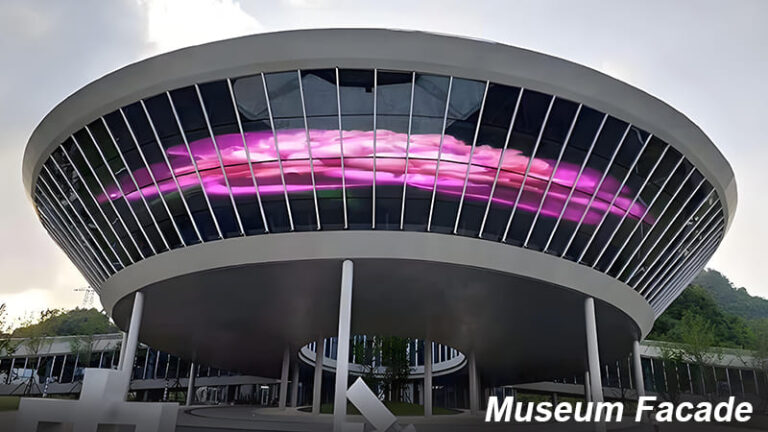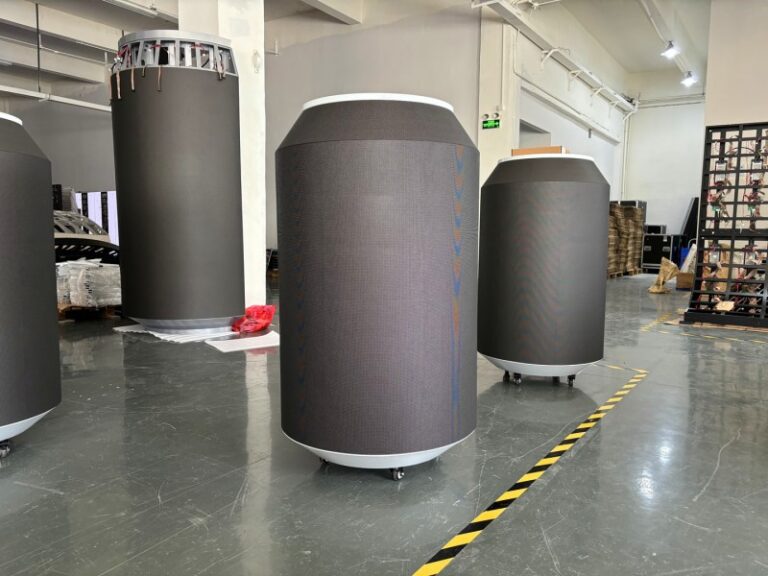
Digitopia Holographic LED Screen: High-Transparency Displays with S...
In a world where immersive experiences are redefining how brands engage audiences, Digitopia’s Holographic LED Screen stands out...

When choosing an LED display, many buyers look first at brightness or resolution. But true image quality depends on a combination of technical parameters that shape how vivid, natural, and consistent visuals appear in real-world use. Four of the most important are contrast ratio, colour temperature, colour gamut, and viewing angles.
At Ebani Tech, through Digitopia™ Smart Screens, we ensure every installation optimizes these parameters, delivering exceptional image quality for advertising, retail, broadcasting, and live events.
Contrast Ratio: Defining Depth and Vividness
The contrast ratio refers to how bright the whites appear and how deep the blacks look on a display. A higher contrast ratio creates:
In LED displays, contrast depends on:
Since achieving “true black” is difficult, black encapsulation materials and anti-reflective surfaces are essential for maintaining high contrast — especially in premium applications like broadcast studios or high-end retail.
Colour Temperature: Setting the Tone of Visuals
Colour temperature describes the warmth or coolness of light, measured in Kelvin (K).
Industry benchmarks:
Colour temperature also affects power consumption, making careful calibration important for balancing energy efficiency and viewing comfort.
Colour Gamut: The Range of Visible Colours
The colour gamut defines the spectrum of colours a display can reproduce. It is essentially the “palette” of colours available for accurate and lifelike image rendering.
While the human eye can perceive the full visible spectrum, LED displays are limited by their design and calibration.
Common LED display colour gamuts include:
The wider the gamut, the more vibrant and true-to-life the display. For premium advertising and content creation, DCI-P3 or BT.2020 coverage ensures the highest image fidelity.
Viewing Angles: Consistency Across Perspectives
Viewing angle refers to the maximum angle from which a display can be seen without image distortion, colour shift, or brightness loss.
High-quality LED displays use advanced surface treatments and optimised optics to maximise viewing angles, ensuring every audience member sees the same high-quality image.
Why These Factors Define True Image Quality
Brightness and resolution are only part of the story. Real-world LED display performance comes from balancing:
At Digitopia™ by Ebani Tech, we design LED display solutions that integrate these principles into every project, from TrimX Digital Salons to India’s first Smart Mall at Odeon. The result is image quality that not only looks good on paper but also delivers in real-world environments.
📞 For expert consultation on LED display performance and image quality, call +91 7799000590 / +91 7799000600
📧 Email: [email protected]
Digitopia™ by Ebani Tech
Because true image quality goes beyond pixels and brightness.

In a world where immersive experiences are redefining how brands engage audiences, Digitopia’s Holographic LED Screen stands out...

Modern museums are more than spaces to preserve history — they are cultural landmarks that blend architecture, storytelling,...

As technology continues to evolve, LED displays have become one of the most powerful tools for advertising, branding,...